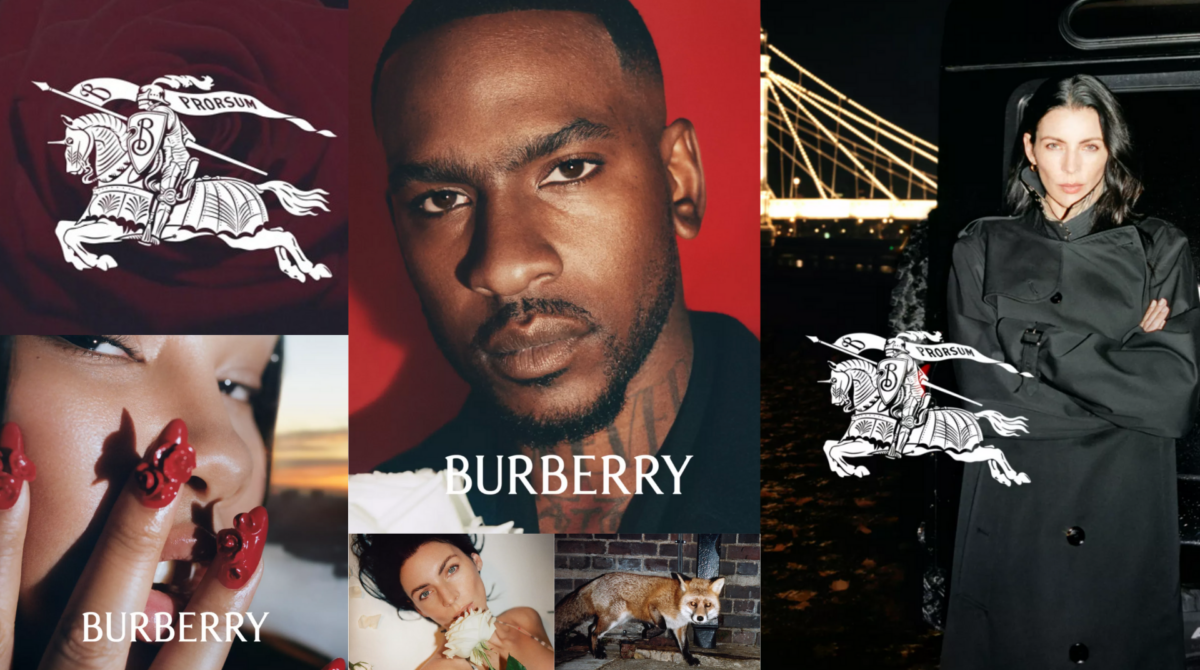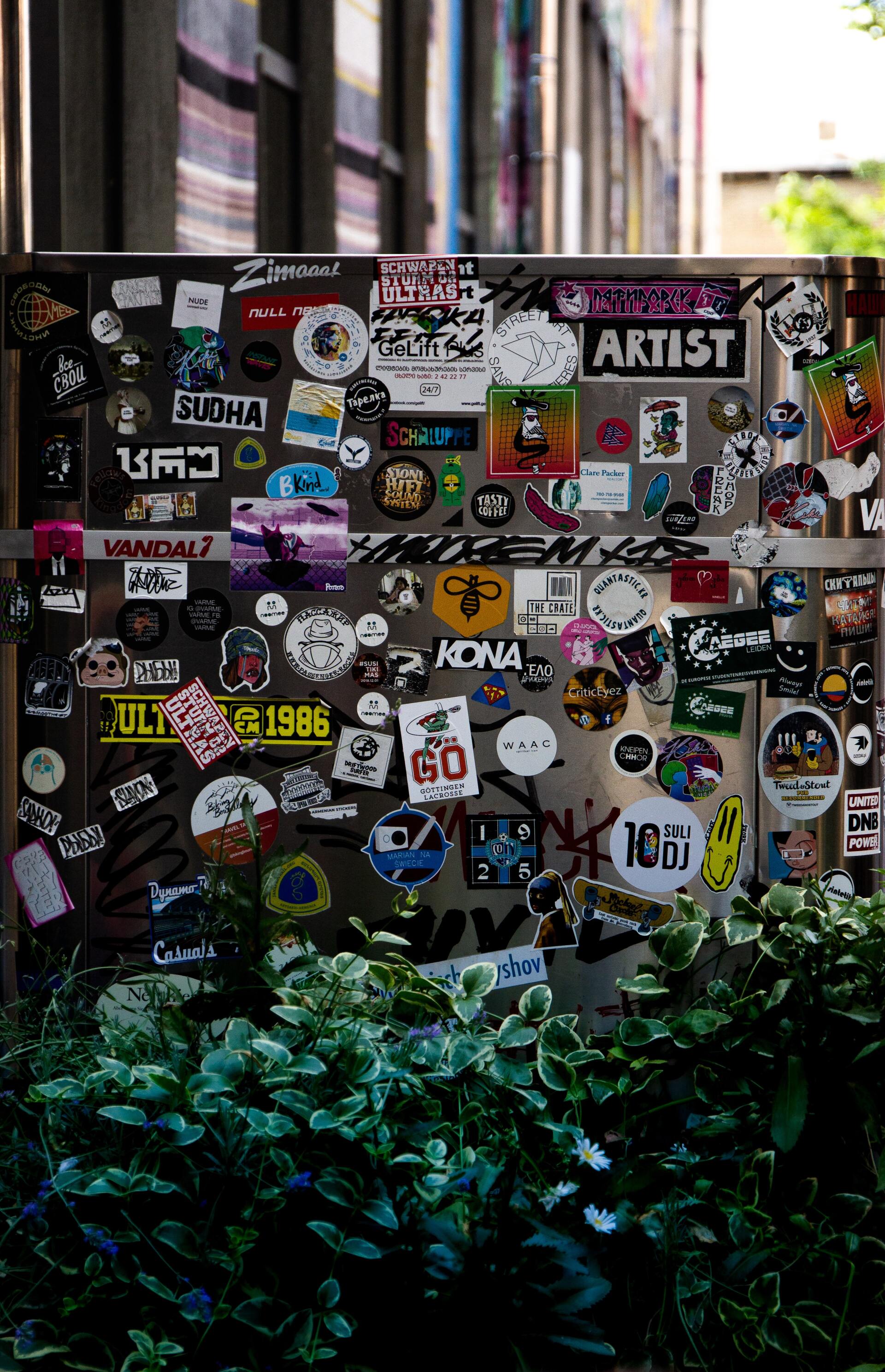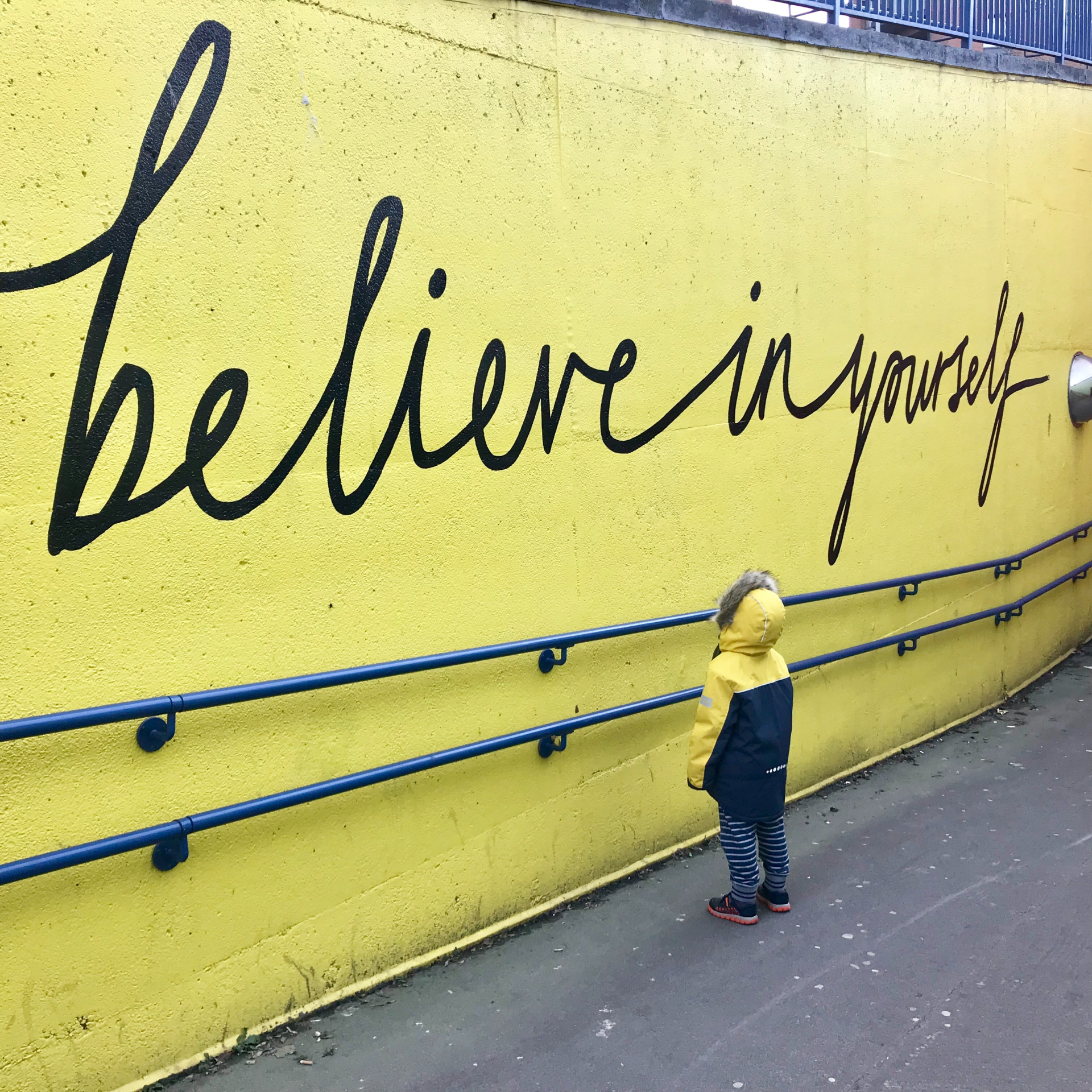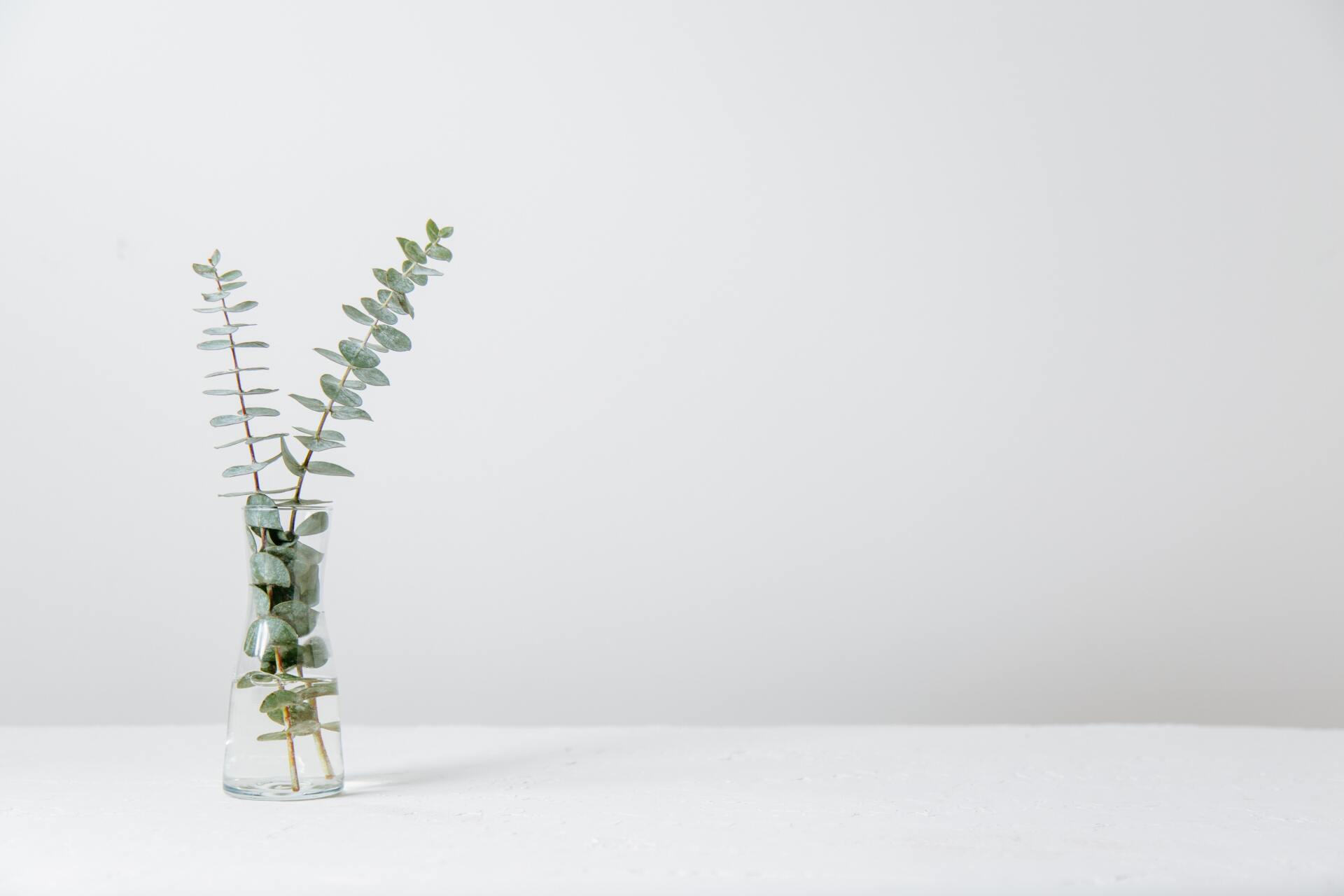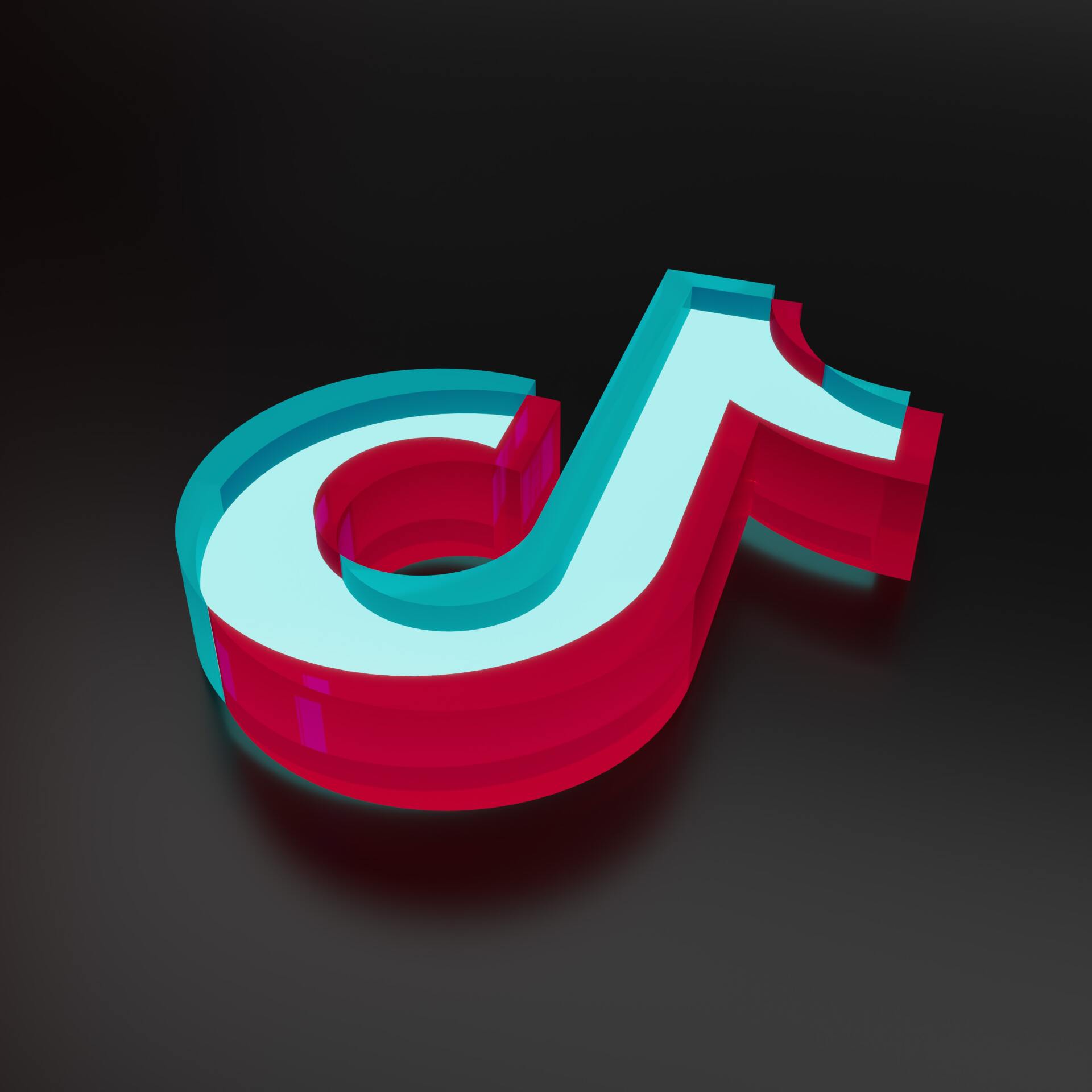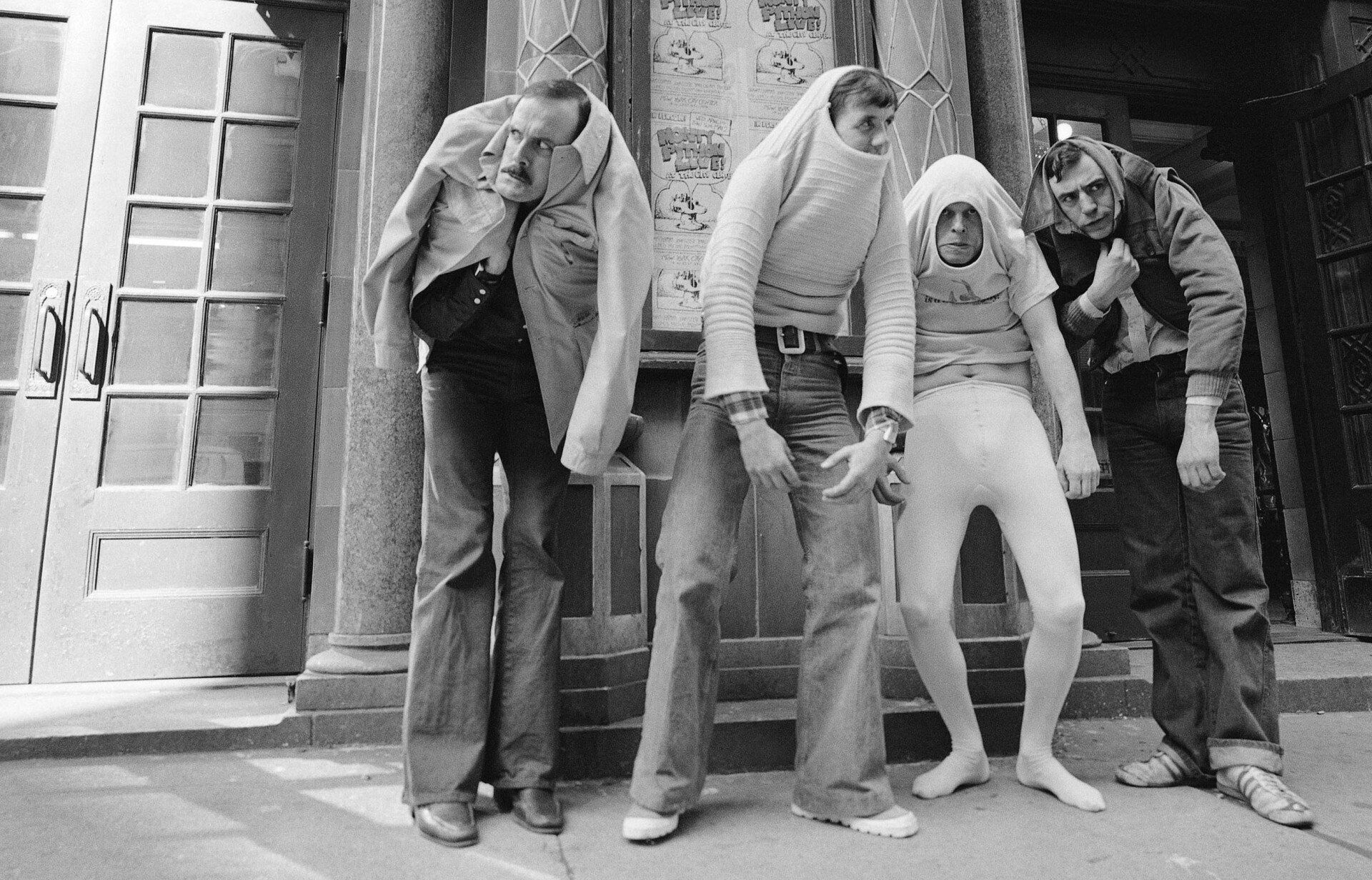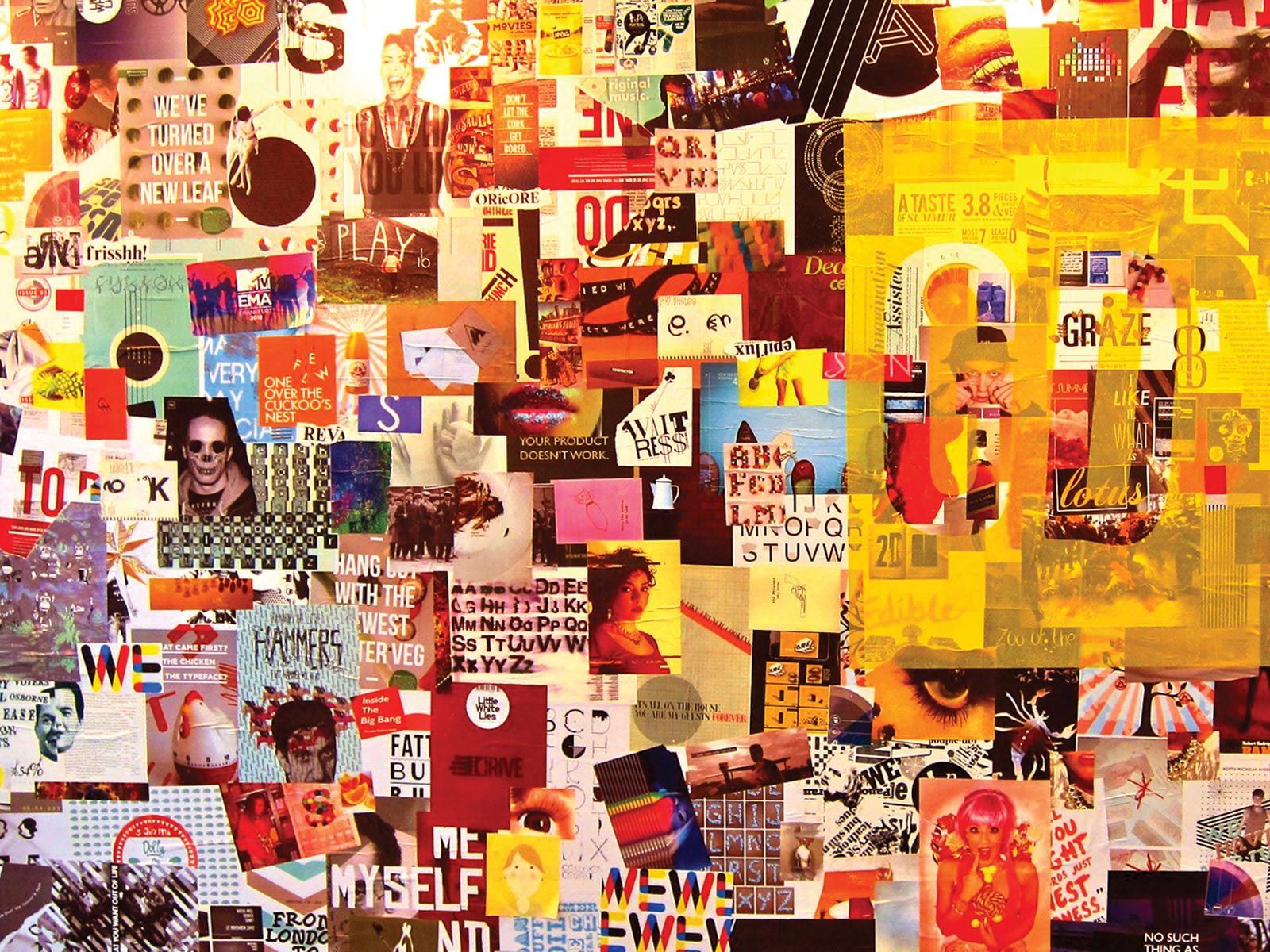Why Designers Should Embrace Ai, Not Fear It
Ai has become very well known in recent times and the design world has been no exception to this. I’ve seen a lot of designers fearing the consequences of Ai with the main worry being loss of jobs for hundreds, even thousands of designers but I believe we will soon be co-creating with Ai, resulting in more efficiency and better results.
Speedy design prototyping could be done with an Ai design tool where basic sketches are scanned in, a few details are entered and the sketches are rendered into a prototype in alignment with the company’s design style. Airbnb has been known to already be doing this, generating design components with production-ready code from hand-drawn wireframe sketches using machine learning and computer vision-enabled Ai.
One of the first Ai tools to really catch my attention was the new platform, DALL E 2 that can create realistic images and art from a description in natural language.

At first glance seeing the possibilities with this tool I thought it was the death of the traditional artist because the end results that DALL E 2 can produce are amazing. But we’re forgetting the point of art and that’s expression and emotion, something Ai will never be able to replicate. However, in Graphic Design when the main focus is purpose especially in the commercial sector you need high quality results with a quick turnaround.
People who are worried about these tools killing off our jobs need to think about the reaction when tools like Photoshop and even recently Canva came along. Initially there’s backlash but with an open mind you soon realise these tools can be used to extend our skills and produce better work than before. A good example of how AI can assist designers is a recent piece from one of my favourite designs Andrey Azizov where he used Ai to turn a normal stock image into a painting to match the style of a certain project. You can see the results below:

In conclusion Ai is here to stay and those who don’t accept this will most likely fall by the wayside. That’s why our industry needs to be proactive and prepare for artificial intelligence. The designers who are optimistic and positive will be the ones who prosper off this new design tool.
‘Change is inevitable, growth is optional’
